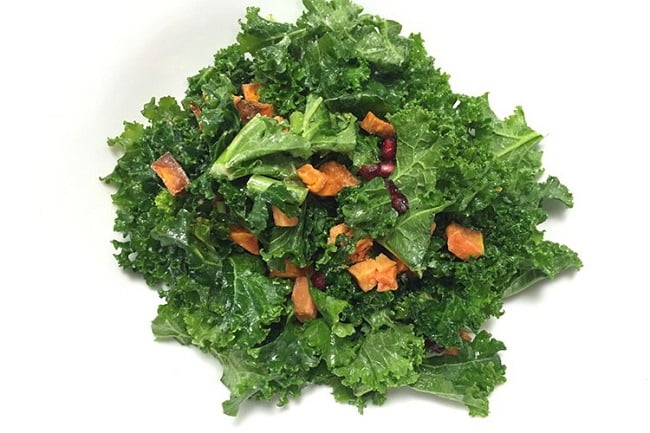Planning to shed some weight? A salad diet plans come to mind? Illume-emag is going to give you some advice for making your salad healthy and weight loss effective.
What you should know about salads
Salads are what people reach for when they plan to eat healthily and lose some weight. This is not always the case. Believe it or not, some salads could cause you to gain weight due to the ingredients providing too many calories. For the salad diet plans to work effectively, you need to learn what should and should not be put in the salads.
In addition, a salad diet plan does not require you to eat salad for breakfast, lunch, and supper, but it should contain at least one large salad every day. This is recommended by many nutrition and exercise professionals.
For any weight loss diet plan to be effective, it should meet these criteria:
- Choose high-volume, lower-calorie nutritious foods such as fruits and vegetables
- Eat foods that contain filling protein, and opt for lean protein sources
- Choose lower-fat, higher-protein foods whenever possible
- Prepare meals at home and avoid restaurant-prepared meals and fast food (restaurant salads can contain many hidden calories)
- Measure food and use portion control
- Plan your meals ahead of time
What should you include in your salads?
1. Green for salad’s base
Choose the greens that best suit your taste profile as the foundation for your salad. If you want milder greens, go for chopped romaine or spinach. If you like more taste variation, a greens mix including arugula, kale, and field greens may be a better alternative.

2. Proteins
Incorporating protein-rich items into your salad is a guaranteed way to ensure that it is fulfilling and maximizes fullness after a meal.
When it comes to animal protein sources, choose leaner ones. Chicken breast, lean cuts of pork, shrimp, salmon, and hard-boiled eggs are high in protein and low in fat.

Plant-based sources of protein, like tofu and beans, are also a great option.
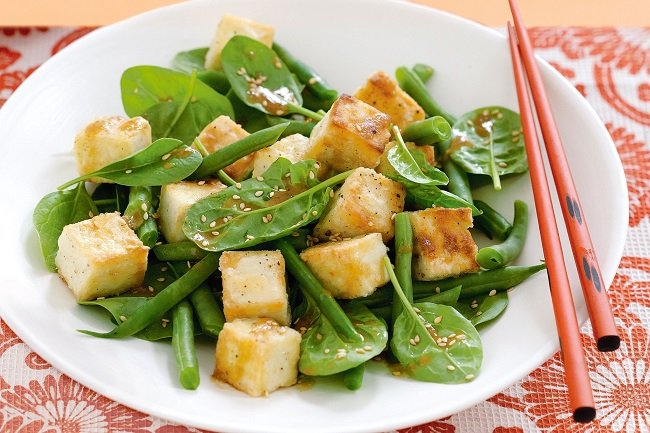
3. Support veggies
Leafy greens are usually the perfect choice for the salad’s base, while other veggies play a strong supporting role. A few options for supporting veggies could be red, orange, or yellow peppers, carrots, beets, tomatoes. You could also add fruit to the mix.
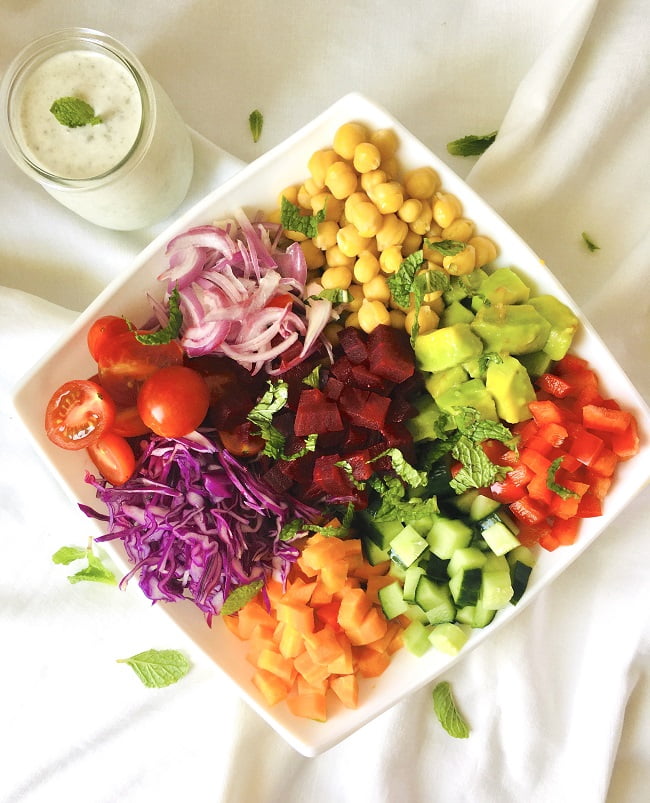
4. Additional nutrition
Healthy carbs: corn, roasted and diced sweet potatoes, cooked whole-grain barley, cooked quinoa, diced apples or pears
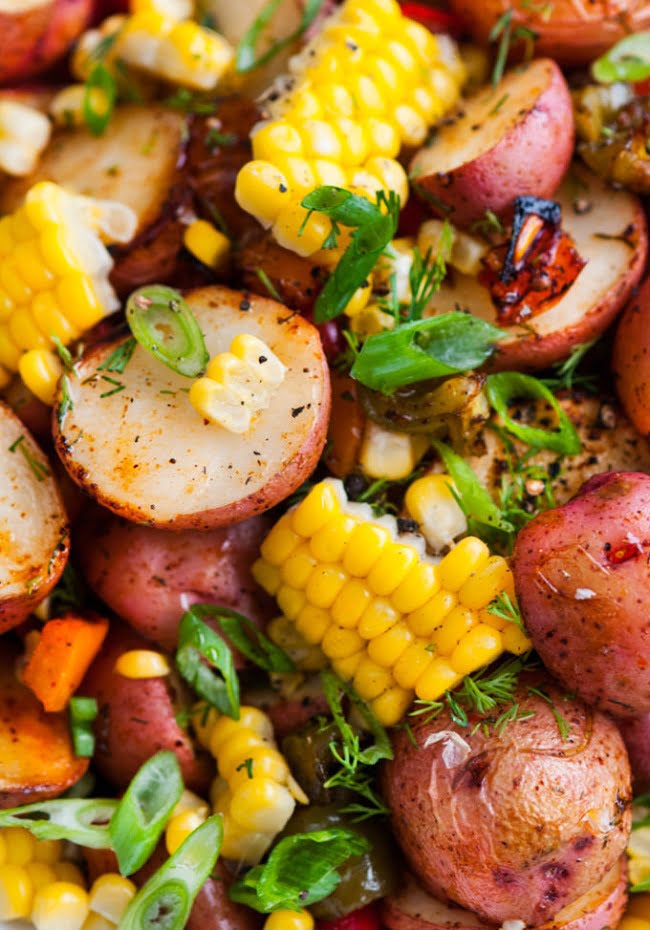
Nuts, seeds, and avocado are examples of healthy fats.
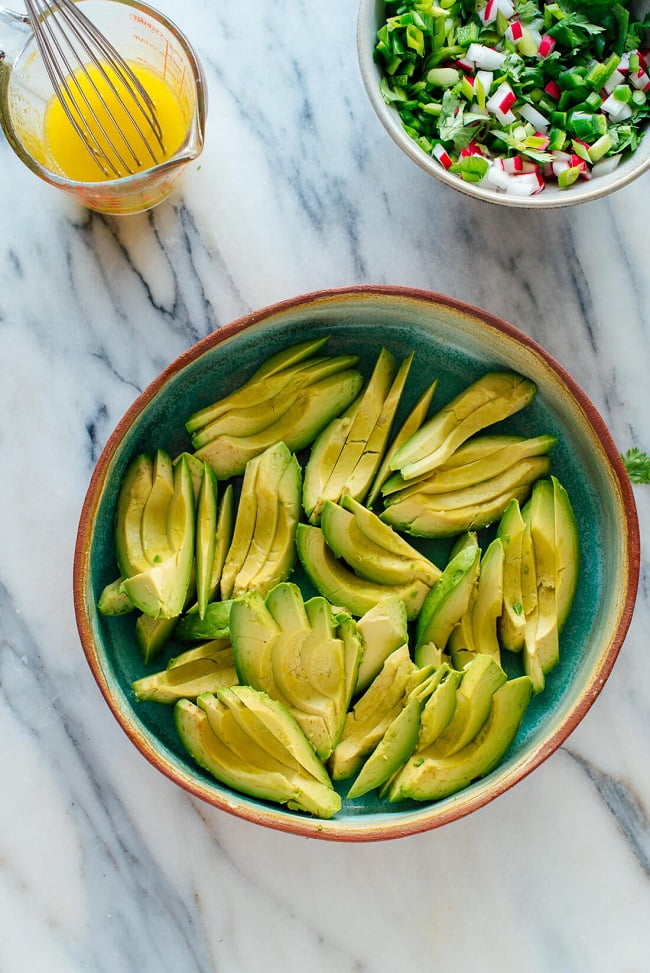
Keep in mind that sweet corn and potatoes are tasty and may add satiation to salads, but they are also high in starchy carbs, which can immediately raise your blood sugar levels. In the long term, this can lead to diabetes and other lifestyle diseases, so don’t add too much to your salad.
5. Dressing
Adding good fat to your salad helps absorb nutrients even better from the raw vegetables. One can add avocado, olive oil, virgin coconut oil, or lemon-based homemade salad dressings to keep it healthy.
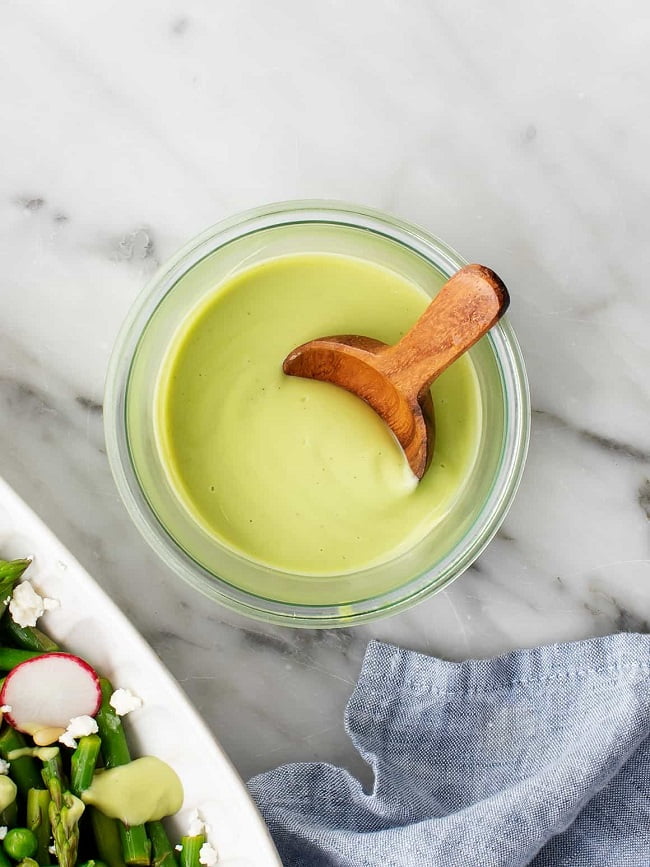
Some salads you should try
- Salad Greens with Fennels, Pears, and Walnuts
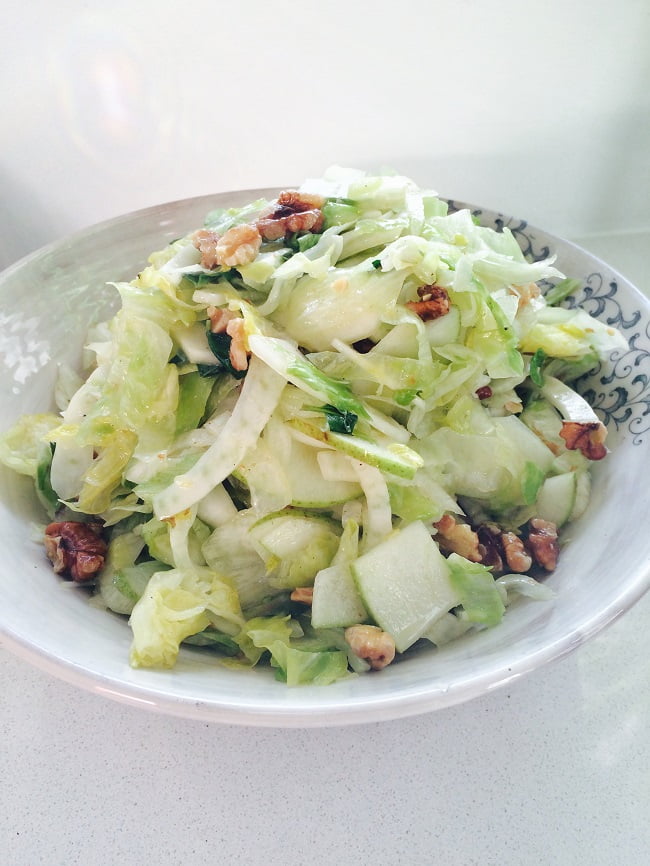
- Spinach Berry Salad

- Apple Lettuce Salad
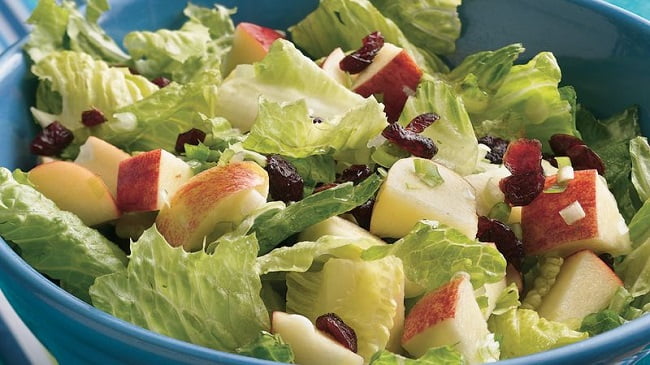
- Cucumber Pineapple Salad
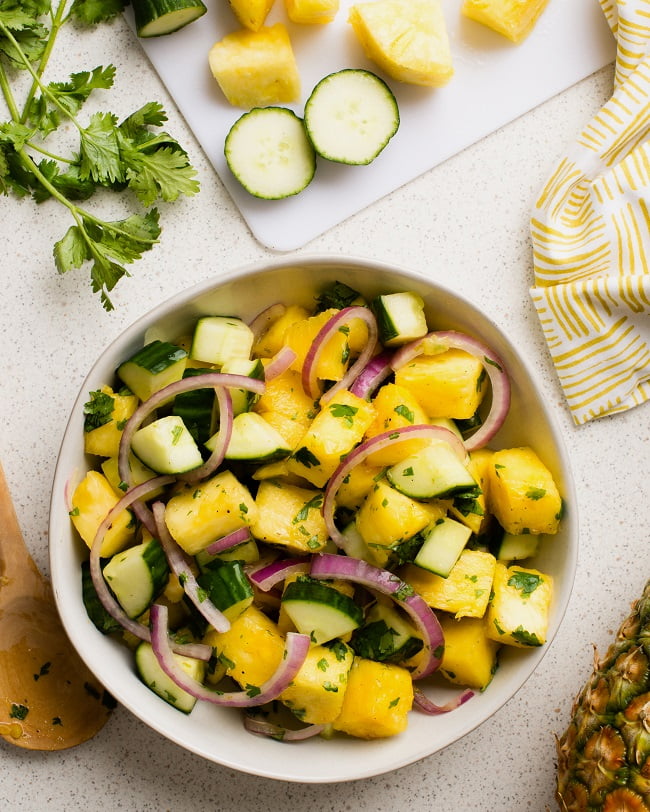
- Yellow Pear and Cherry Tomato Salad

- Grilled Chicken Salad with Olives and Oranges
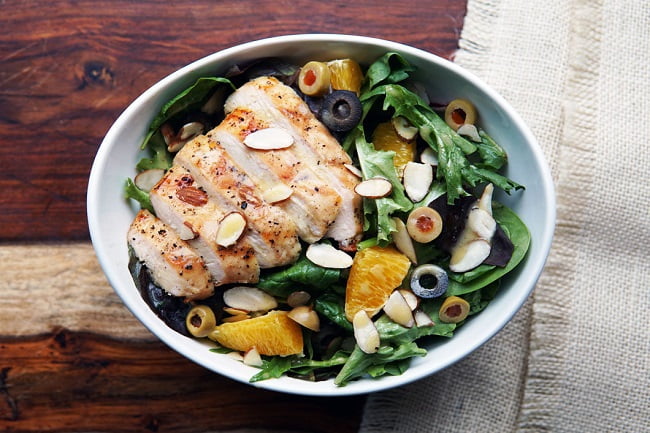
- Hearty Kale Salad
